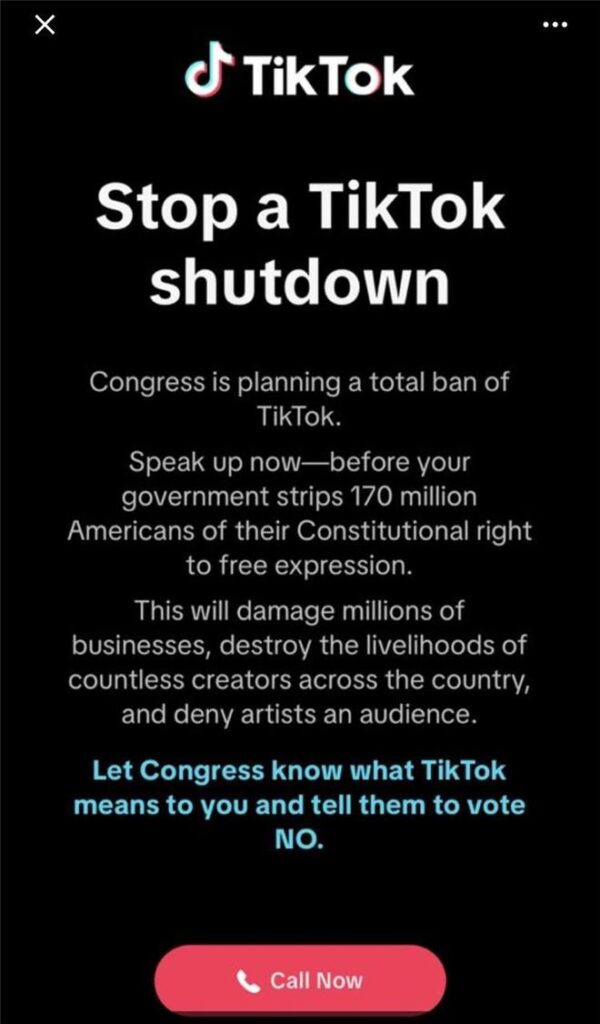Contents
Introduction:
On April 24, 2024, Eastern Time, President Biden of the United States signed a bill concerning a TikTok ban. This signifies the start of a countdown lasting up to 360 days for TikTok. By the final deadline of January 19, 2025, ByteDance, the parent company, must divest control of TikTok within nine months, with the option to extend by three additional months, totaling exactly 360 days. This unprecedented decision by the U.S. government reflects concerns over national security threats posed by the company. Since then, TikTok has faced a dilemma, epitomizing the question: The Future of TikTok, Where to Go?
The Future of TikTok: Its Appeal to American Youth
As of 2024, TikTok’s user base in the United States is estimated to exceed 170 million. This number is subject to change over time, especially considering TikTok’s rapid growth and popularity among the youth. The platform has expanded its user base significantly, particularly during the pandemic, as many Americans turned to it for social interaction and content consumption, accelerating its growth.
Moreover, TikTok users reportedly spend a considerable amount of time on the platform daily, often surpassing the usage seen on many other major social media platforms and commonly used apps. For instance, a 2023 eMarketer study indicates that the average daily usage time for American users on TikTok exceeds 55.8 minutes, a figure that continues to grow.
TikTok is critically important in the U.S. because it has dramatically altered media consumption habits, especially among the younger generation. The platform allows users to create and share short videos, a format particularly popular with the younger demographic. Additionally, TikTok’s high user engagement is partly due to its highly optimized algorithm, which recommends videos of interest to users, thereby increasing the time spent on the app. Furthermore, the format of short videos is ideal for quick consumption, which further increases the frequency of use and overall engagement.
Social media platforms like TikTok have indeed transformed the way information is disseminated, particularly among younger audiences. These platforms enable users from around the world to upload and share videos and other forms of content about news events, including real-time situations in conflict zones, offering direct access to information that may not be covered or deeply reported by traditional media.
The Past and Now of TikTok’s Future
During Donald Trump’s presidency, he proposed that TikTok’s parent company, ByteDance, be sold to an American company to address national security concerns. However, this deal faced significant obstacles in 2020. As the transaction neared completion, the Chinese Ministry of Commerce updated the “Catalogue of Technologies Prohibited and Restricted from Export” on August 28, 2020, which included critical technology export restrictions that directly impacted the TikTok deal, ultimately causing the plan to fall through.
Since then, TikTok has continued to grow and evolve in the U.S., developing from a youthful platform into a mature social media giant. However, as of today, TikTok has expanded its reach to users globally, covering over 150 countries with approximately one billion people using the platform. The United States ranks first with 170 million users, accounting for 50% of the American population; followed by Indonesia with 109 million users; Brazil comes third, with 82 million active users; Mexico has 55 million users; Russia has 54.9 million active users; Vietnam has 49 million users; the Philippines has over 43 million users; Thailand also has over 43 million, Turkey has more than 29 million, and finally, Saudi Arabia, with 26.4 million active users. Of course, apart from China—one of the most populous countries—where TikTok operates under the Chinese name ‘抖音’ (Pinyin: Douyin).
The Future of TikTok: Live or Dead in USA
With President Biden’s signing of the ban bill, the future of TikTok in the U.S. hangs in the balance. This bill signifies not only a potential end but also a possible new beginning. The next 360 days will be a challenging transition period for TikTok. During this time, TikTok needs to demonstrate its ability to operate independently of ByteDance and comply with U.S. market regulations safely.
If ByteDance successfully divests control of TikTok within the allotted time, and TikTok proves that its data security and privacy measures meet U.S. legal requirements, then TikTok may continue to thrive in the U.S. However, this is nearly impossible. Conversely, if these efforts fail to meet the expected legal and policy requirements, TikTok’s operations in the U.S. may come to an end.
Regardless of the outcome, this chapter of TikTok has become a significant case in global technology policy, international business practices, and cultural exchange.
TikTok’s Future: “Call Now” Campaign
On March 7th, TikTok took a significant action. They sent a pop-up message to over 170 million American users, guiding them to call their congress members and ask for the revocation of the bill to shut down TikTok. The pop-up stated that a total ban on TikTok would harm millions of businesses, destroy the livelihoods of countless creators, and leave artists without an audience. It urged users to call now to cancel the ban before the U.S. government deprives 170 million Americans of their right to free speech. At the bottom of the pop-up, there was a “Call Now” button that users could click to directly dial the U.S. Congress.
According to reports, staff members in the U.S. Congress said that the office received over 1000 calls concerning the TikTok bill, and not only from teenagers but also from elderly people. Many young people have shared how they have earned significant amounts of money through their short videos on TikTok. It has become one of the best ways for young people to make money.
Actions like TikTok’s ‘Call Now’ campaign clearly demonstrate the powerful role of public opinion in the policy-making process. When a significant number of American citizens actively engage and express strong views on issues like the fate of TikTok, they can directly influence decision-makers. This influence can manifest through electoral pressures, advocacy by representatives, or widespread media and public discussions. Although this is not a formal referendum, such a robust public response can significantly shape the future of TikTok in the USA.
Conclusion:
It is just like the famous words of Hamlet: ‘To be, or not To be, that is the question!’
Published by: Mr. Mao Rida. You are welcome to share this article, but please credit the author and include the website link when doing so. Thank you for your support and understanding.




